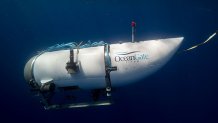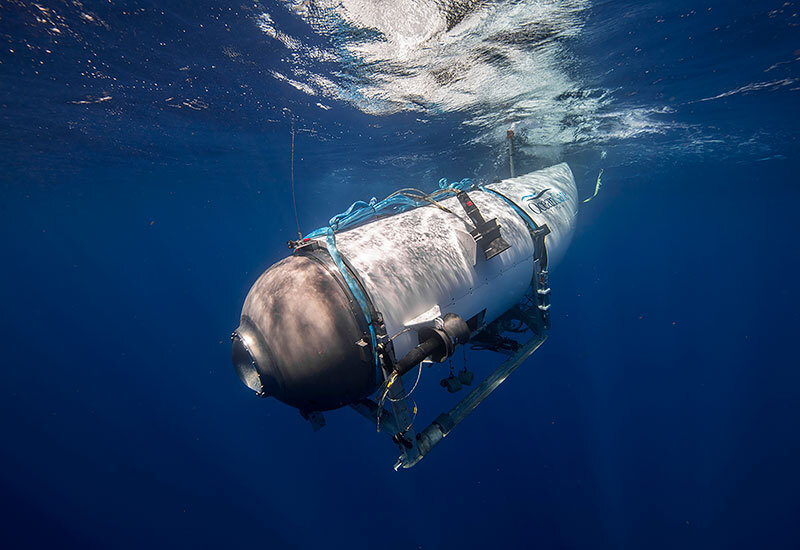Florida International University's diving safety officer Roger Garcia weighed in on the theories about what happened to the submersible that went missing after a deep-sea expedition to view the Titanic wreckage.
Garcia is a veteran of 20 years of U.S. Navy diving operations and currently serves as the operations director for FIU's underwater research lab, Aquarius.
The submersible, named the Titan, went missing soon after it departed to sink more than two miles below the surface. The Titan contained about 96 hours worth of oxygen for the five passengers aboard.
A few hours after oxygen was expected to have run out, the U.S. Coast Guard confirmed that they found debris near the Titanic wreckage consistent with a "catastrophic implosion."
Get South Florida local news, weather forecasts and entertainment stories to your inbox. Sign up for NBC South Florida newsletters.
All five passengers are expected to be dead.
Garcia explained that as the submersible descended, the pressure surrounding it increased with the weight of the water. Eventually, it became too much for the vessel to withstand.
"It just squeezed it and collapsed it and just made it implode, and then it just breaks up into pieces," Garcia said. "It just falls down to the ocean bottom, and that's why they found that debris field. It just breaks apart."
Garcia added that the passengers likely died "instantaneously."
"I find it hard to believe they felt anything," he said.
Garcia noted that the passengers may have heard some creaking noises throughout the vessel from the hull, but ultimately, an implosion would kill them before they could realize what was happening.
Garcia said that it is possible that OceanGate, the company in charge of the $250,000 submersible expeditions, could be sued. OceanGate CEO Stockton Rush was one of the five passengers that died.

There are laws and regulations that a pressure vessel for human occupancy must follow, he explained.
If the Titan did not adhere to these rules, "they could end up in court and get sued," Garcia said.



